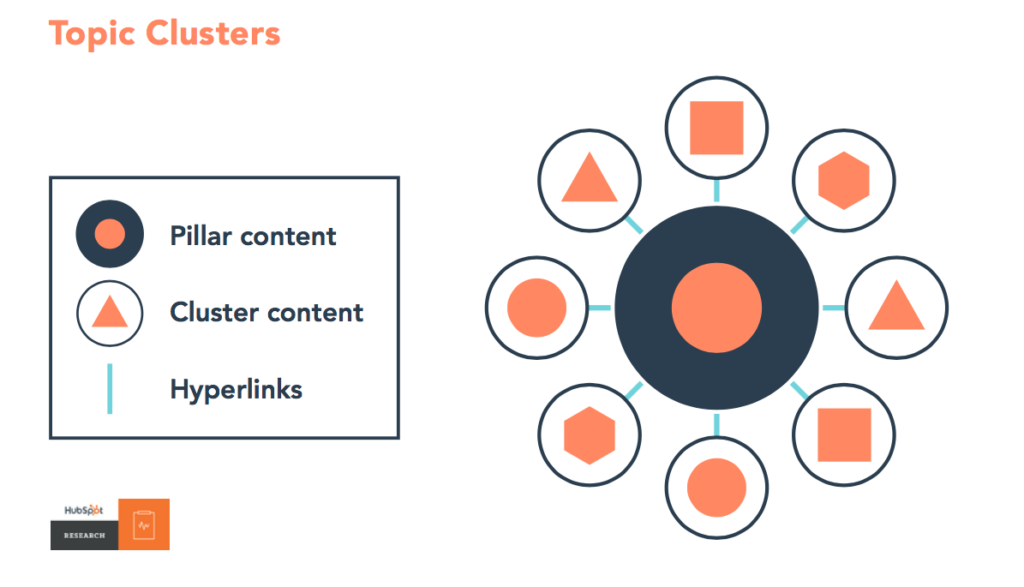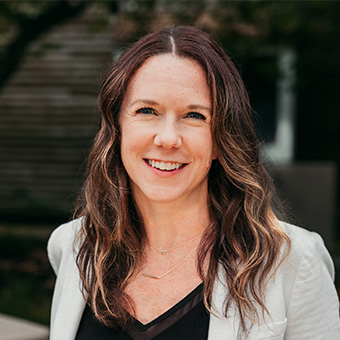
Why You Need a Strong Content Strategy to Improve SEO
There are plenty of tools in your web strategy toolbox that can help boost your site’s SEO. Your website content is at the very top of that list. With a strong SEO content strategy that’s designed for both, you can boost your site’s search rankings and get your target audience right where you want them: engaging with your website and converting on your content.
SEO Content Strategy: A Two-Way Street
Content strategy is not just about improving SEO. But many of the aspects of strong website content just happen to go hand in hand with good SEO. Your site content, for example, is designed to lead your target audience along the different stages of the buyer’s journey, guiding them to your conversion point. You want your site to educate them on your area of expertise, and eventually help them make a decision – which will hopefully be to make a purchase from you.
SEO is driven by a very similar purpose. Search engines like Google are trying to serve up relevant content to people who are looking for information about very specific topics. The goal here is also to educate people by providing them with answers to the questions they’re asking.
Google will try and find those answers on your website, and rank it accordingly for searchers based on relevance and authority. It’s not just enough to write web copy that provides that information. To rank highly, you need to show that your content is relevant and valuable to your target audience and what they’re searching for. It needs to be easily readable and understandable. And it needs to show your expertise and authority on that particular topic.
Best Practices for Improving SEO Strategy with Content
Here are a few best practices for your content strategy that can really help boost your SEO:
- Create a pillar page: Pillar pages are not for the faint of heart – their purpose is to provide comprehensive (some might say exhaustive!) cornerstone content on a certain topic. They should be lengthy and deeply informative, proving thought leadership for you while educating your audience on a worthwhile topic. Perhaps more importantly, though, pillar pages are a way to show Google that you are the authority on that topic. Your pillar content should be paired with other relevant content or subpages in a “cluster”; you can create this cluster by cross-linking all relevant pages and content to create a web, with your pillar page at the center.

- Take advantage of blogging: Blog posts are a great way to build out content for topic clusters. You can write individual blog posts to cover one aspect of a specific topic or theme. These posts should focus on questions or queries that your audience may be searching for, and you’ll want your blogs to answer those questions in a unique, informative way. Then, these blog posts can link back to your pillar page or primary content, bringing your reader to the next step in their education process.
- Add in relevant alternate text: Alternate text, a type of meta tag added to images to tell screen readers and bots about the image, is really critical to making your website accessible for all users, and for that reason alone it’s something you need to be adding. But an added bonus of alt text is that it can help improve SEO as well. You might have a really helpful diagram or graphic that searchers can find more easily if you include descriptive alt text in the image.
- Use headers to break up text: In a blog post or on a webpage, you should use headers to logically break up text and transition to the next section. This helps with user experience, since most people who visit a page are just quickly scanning through for relevant information. Well-placed, clear headers help them find that info. But they also help search engines better understand what’s on your page as well, and rank it higher for relevant searches.
- Only use one H1 per page: Your header structure throughout your website should convey a hierarchy of information. If you have multiple H1-level headers (noted in code as <h1>) on your page, it’s not only not an SEO best practice, it’s going to be confusing for readers to identify the central purpose of the page.
- Optimize your site for page load speed: If you notice there’s a big lag in loading your website, that can definitely hurt SEO and your user experience. Sometimes, there are technical, site-wide problems that need to be sorted out to improve the load speed, but there are also things you can do on the content upload side of things to help. For instance, if you upload gigantic image files, it’s going to take longer for your page to load, so make sure you’re sizing those down before placing them on your website. Smaller than 100KB is a good rule of thumb.
My team at AAC can help you evaluate your content strategy to make sure it’s in line with SEO goals. Just reach out to get started!


